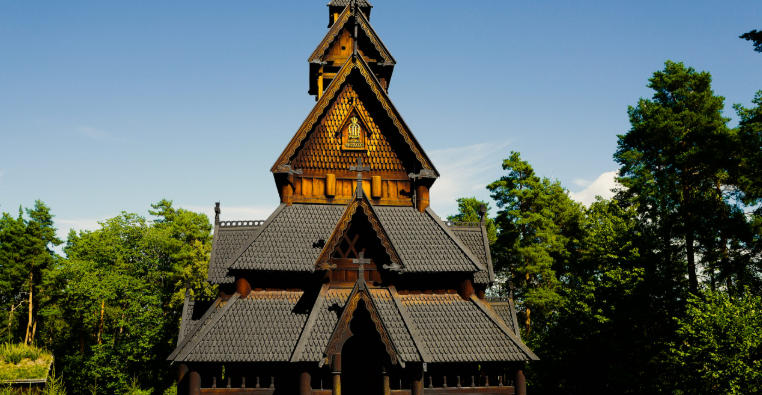How Norway’s Topography Shapes Settlements
Understanding how Norway’s unique landscape influences where and how people live can offer insights into the country’s culture, economy, and infrastructure. From majestic fjords to towering mountains, Norway’s topography not only shapes its natural beauty but also dictates the organization of its communities. Let’s take a closer look at how these geographical features impact settlements across the nation.
The Influence of Fjords on Coastal Living
Norway’s coastline is famously dotted with deep fjords that create stunning natural harbors. These fjords have historically influenced settlement patterns, particularly along the western coast. Towns like Bergen and Ålesund thrive in these regions, utilizing the fjords for fishing, shipping, and tourism. The accessibility provided by fjords has made it easier for communities to engage with one another and the broader world, fostering economic growth. This coastal life, deeply intertwined with the fjords, also contributes to a distinct maritime culture that’s reflected in local traditions and cuisine.
Mountain Ranges and Population Distribution
The rugged mountain ranges that crisscross Norway significantly affect where settlements are established. Areas like the Jotunheimen Mountain Range present challenges such as harsh weather and limited arable land, leading to sparse populations. Conversely, valleys between these mountains often offer fertile ground, making them more appealing for habitation. Communities in these valleys, such as Vang and Valdres, benefit from agricultural opportunities while remaining sheltered from extreme weather. The connection to the surrounding mountains also nurtures a culture of outdoor activities, making hiking and skiing integral to life in these areas.
Urban Centers and Infrastructure Development
In addition to natural features, Norway’s settlements are also shaped by urban planning and infrastructure development. Major cities like Oslo and Stavanger have emerged as economic powerhouses, benefitting from their strategic positions along the fjords and near vital transportation networks. Urban planners have focused on enhancing accessibility, which has led to the development of efficient public transport systems and road networks. Such infrastructure not only promotes growth in urban areas but also influences migration patterns, as people are often drawn to cities that promise better job opportunities and amenities.
Conclusion
Norway’s diverse topography plays a central role in shaping its settlements, from coastal towns flourishing in fjords to communities nestled in valleys. Understanding these geographical influences enriches our appreciation of the nation’s culture, economy, and way of life. If you’re curious about exploring Norway’s stunning landscapes and vibrant communities, consider diving deeper into the local history, traditions, and activities that make each settlement unique.

